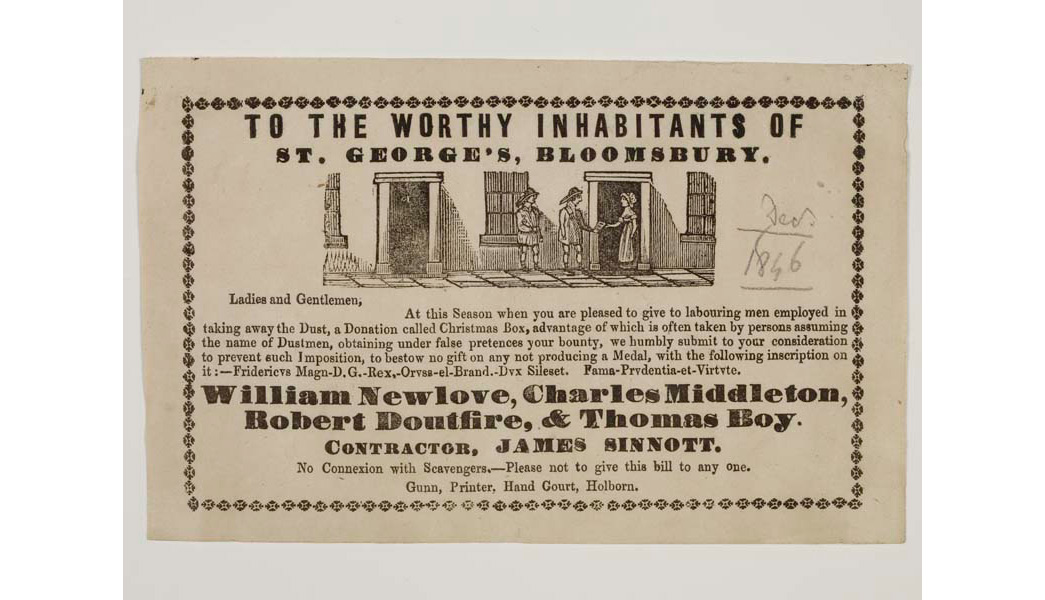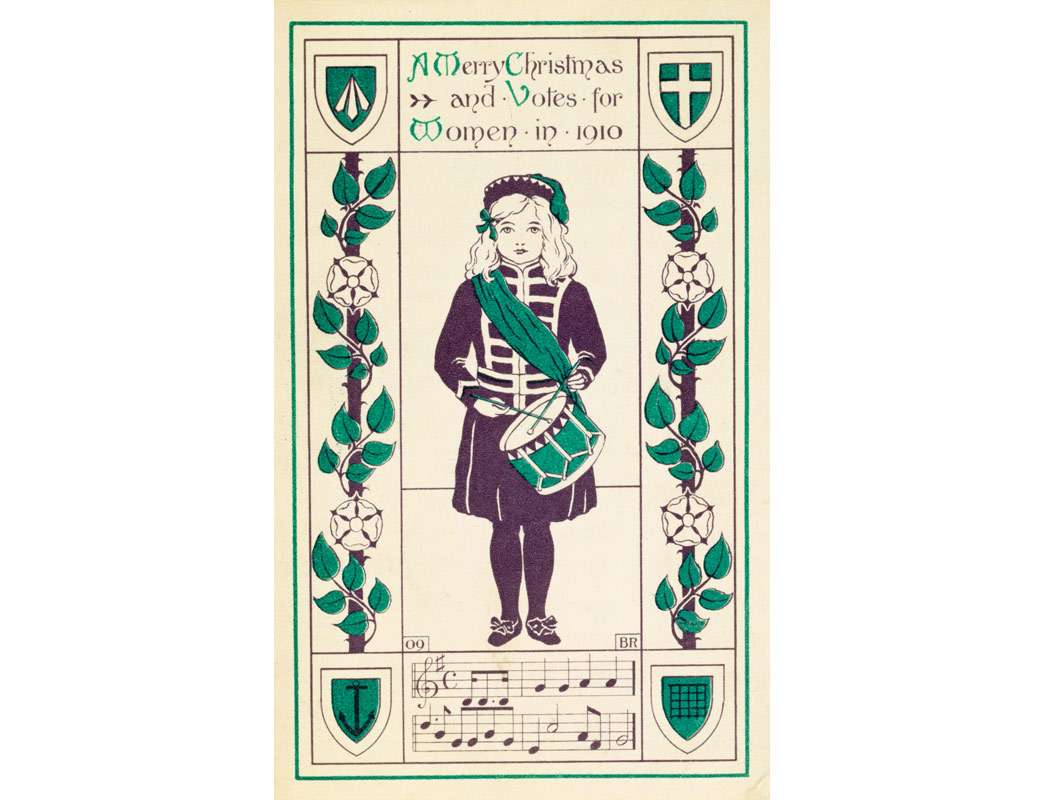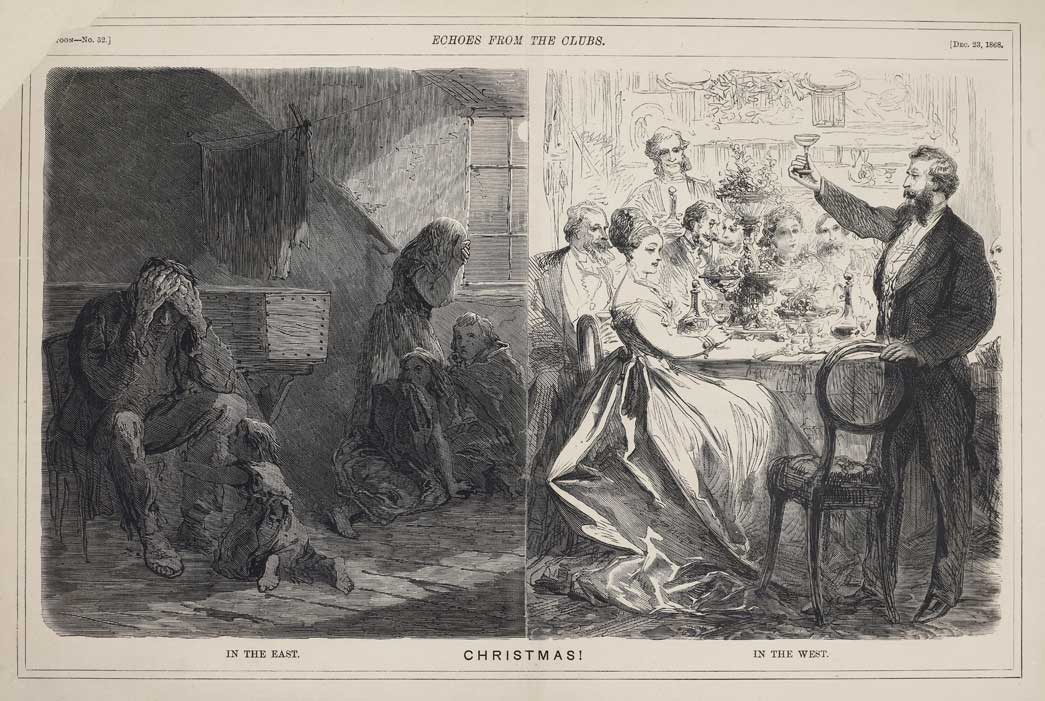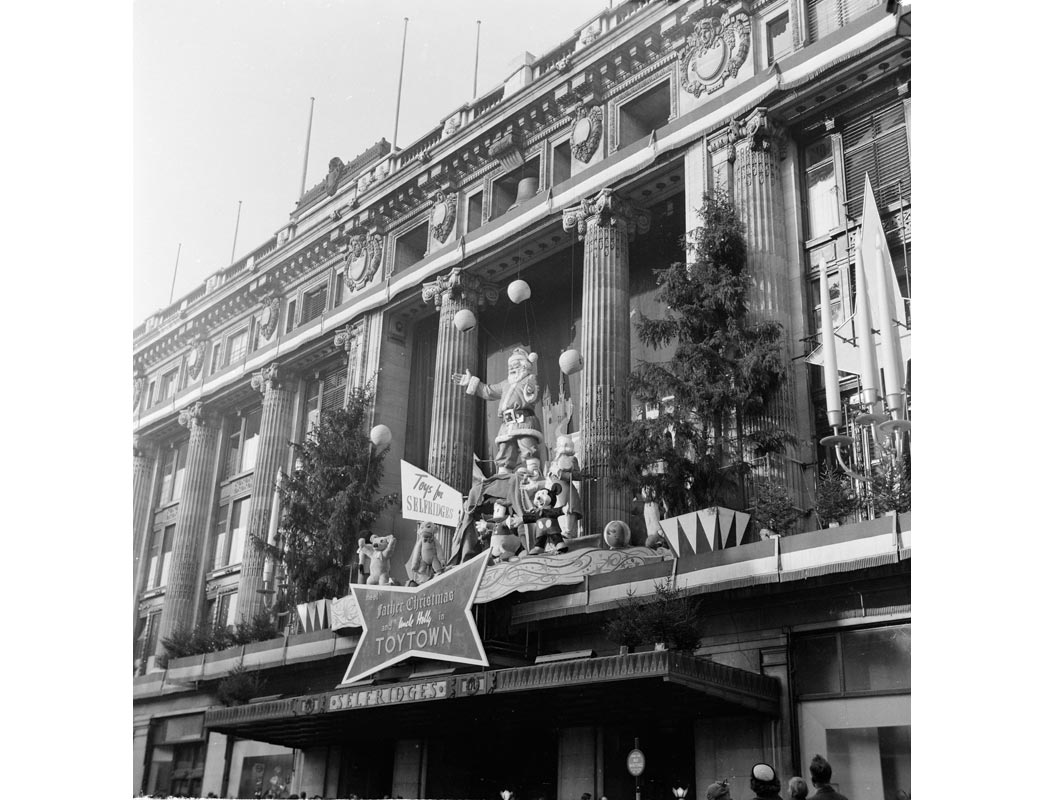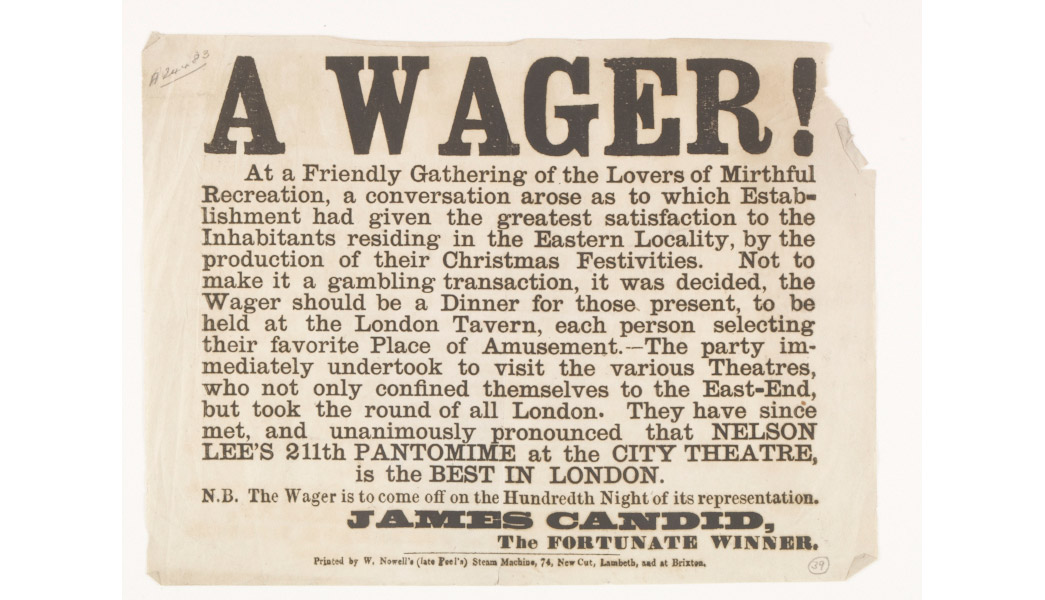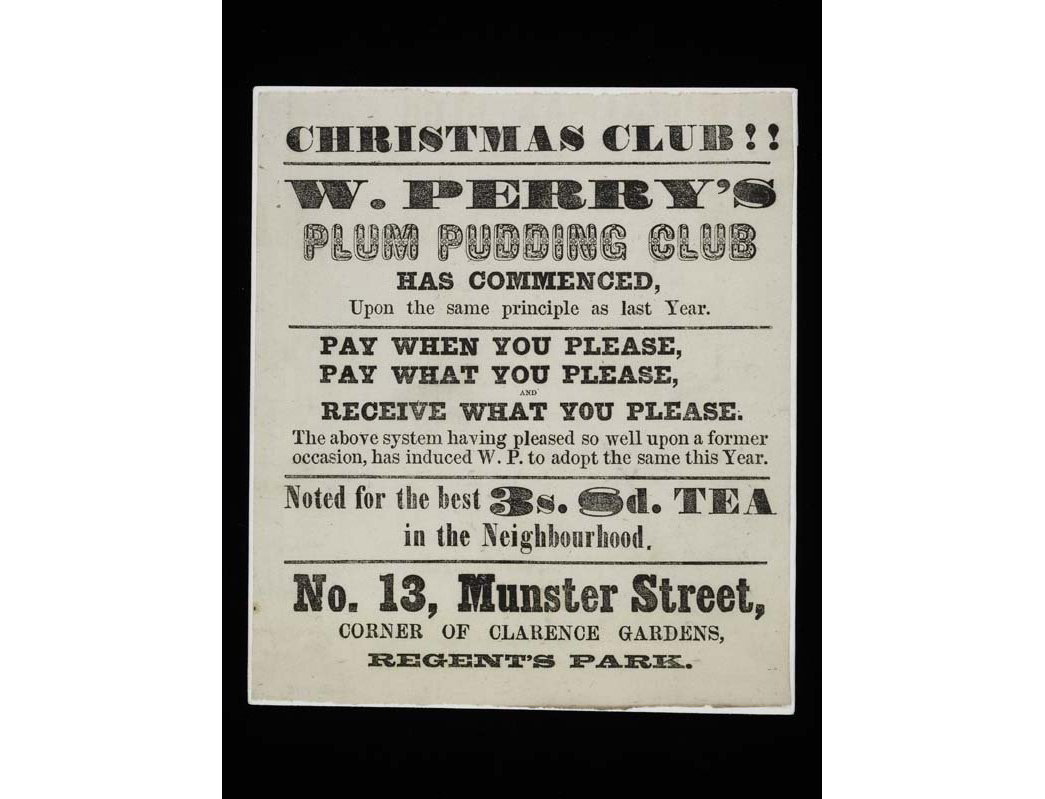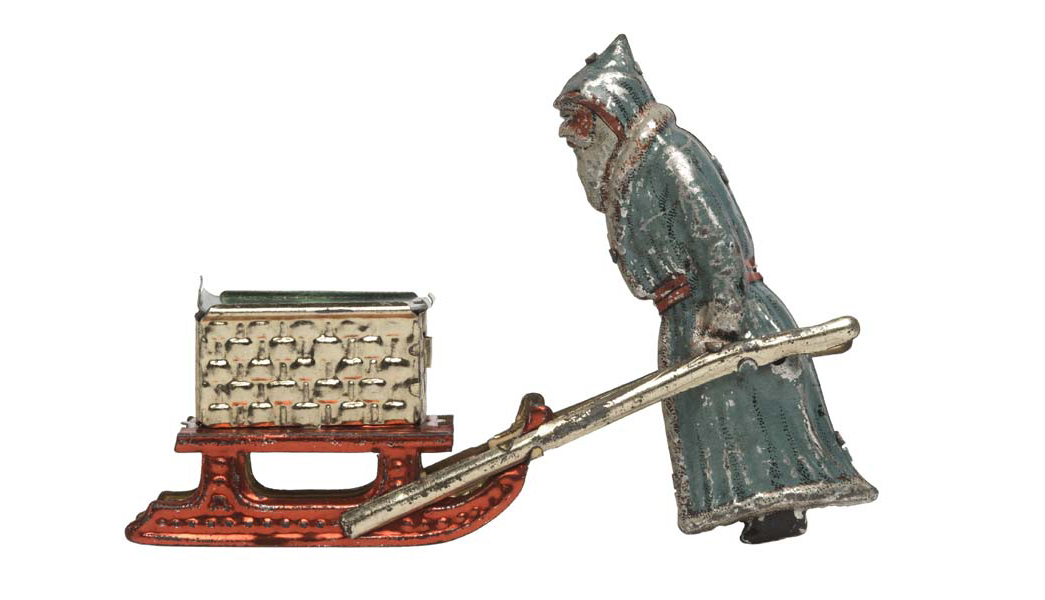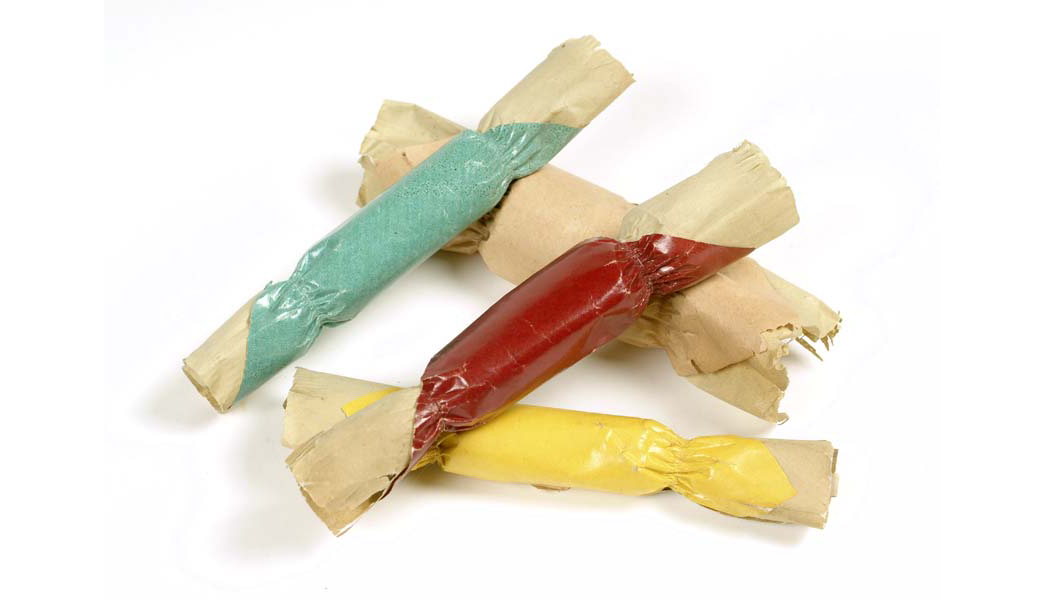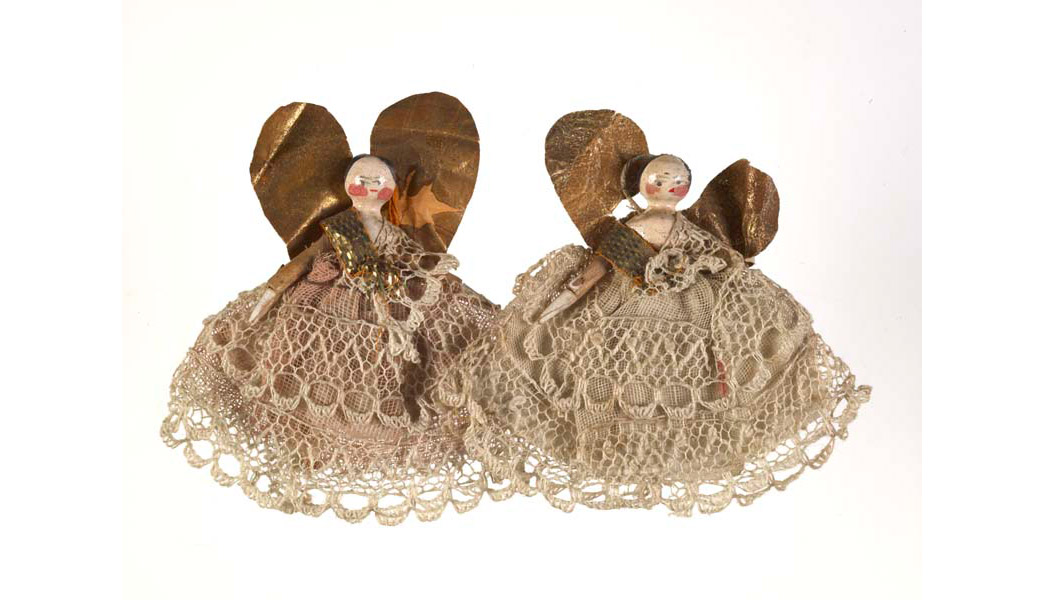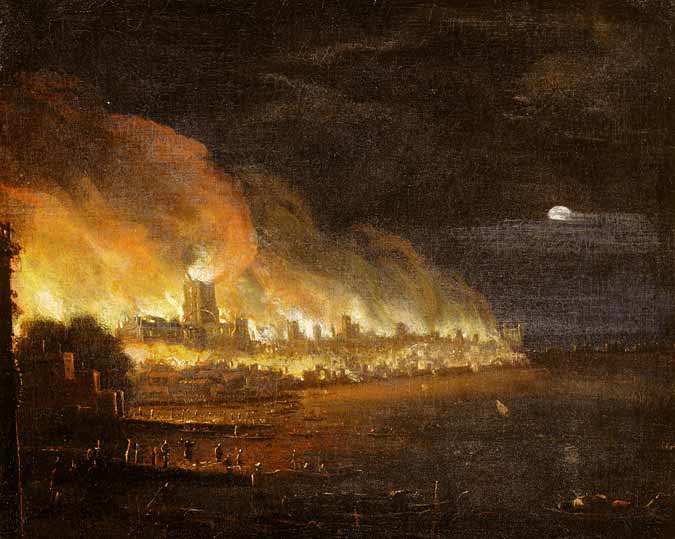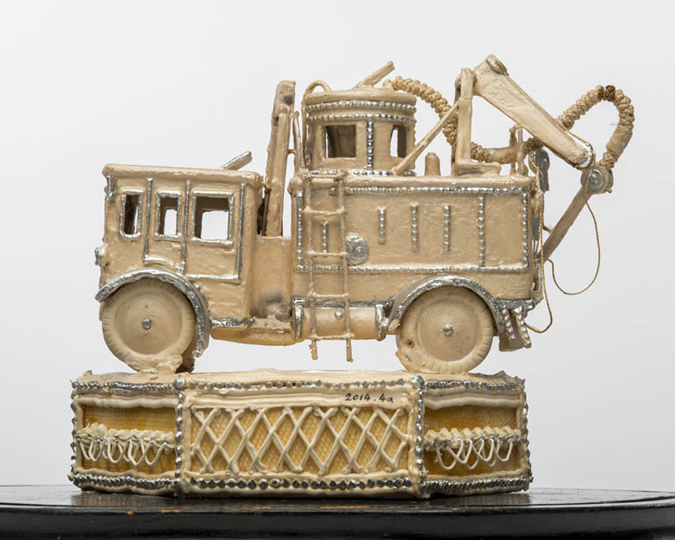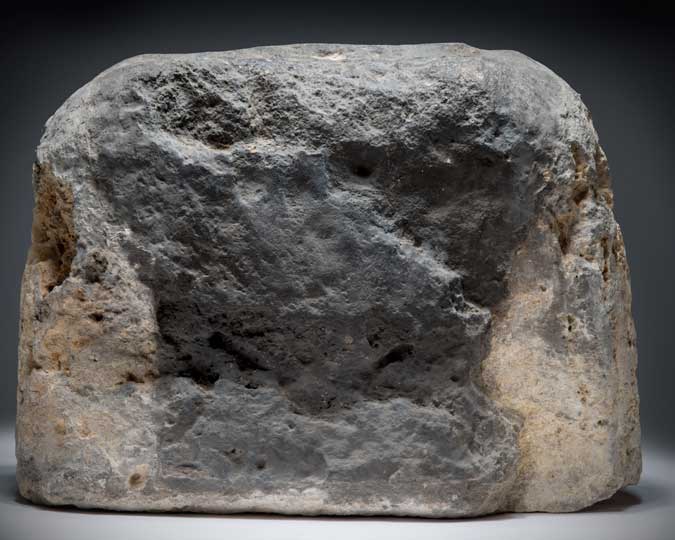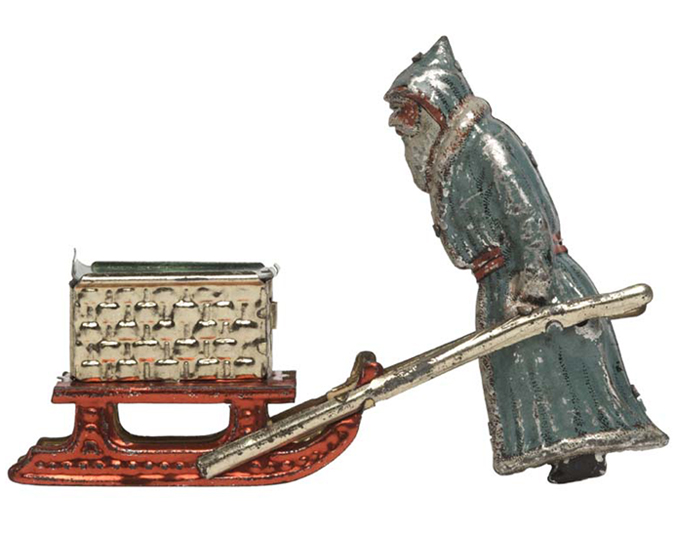As the Museum of London gets into the Christmas spirit, we decided to take a look at how different Londoners through history have marked the season. Social history curator Beverley Cook delves into the museum's collections to find nine objects that show the origins of today's Christmas traditions.
Come and celebrate Christmas with us! Visit our Victorian Santa's Grotto at the Museum of London Docklands.
Tipping your dustman, 1846
The tradition of giving a Christmas gift - usually money - to your bin collectors goes back to Victorian England. This hand bill was issued by a group of four dustmen, who collected household waste and rubbish door-to-door in London. Addressed 'to the worthy inhabitants of St George's Bloomsbury', the flyer is an appeal to the dustmen's customers for a Christmas donation. The flyer, from William Newlove, Charles Midleton, Robert Doutfire and Thomas Boy, warns against "imposition" by "persons assuming to the name of Dustmen" who would try to steal the Christmas Box donation. The flyer includes an illustration of a dustman handing a flyer to a resident at her front door. Until the introduction of a centrally organised system of waste disposal in London in the late 19th century, domestic waste and sewage was collected from homes by private firms and individuals, who would sell it for salvage. The urine they collected would be bought by tanners, who used it to process leather.
Charity Christmas cards, 1909
This Christmas card was issued by the Women's Social and Political Union, the leading militant organisation that campaigned for the right for women to vote in Britain. Printed in the suffragette colours of purple, white and green the card depicts a young drummer girl from the WSPU's own junior band, who marched alongside their Women's Band at demonstrations. The greeting on the card optimistically calls for 'Votes for Women in 1910' referring to the anticipated passing of the Conciliation Bill. This bill would have given the vote to just over a million wealthy, property-owning women, but failed in parliament.
The Haves and Have-Nots, 1868
This engraving was published in a journal called Echoes from the Clubs. It depicts the contrasting experience of Christmas for Londoners living in wealth and poverty. Entitled 'Christmas! In the East; In the West' a wealthy family celebrates Christmas in west London with a lavish feast whilst a destitute poor family in an east London slum barely survive the festive season.
These sort of companion engravings helped to raise public awareness of social deprivation. The painter Vincent Van Gogh considered the graphic illustrators to be great social commentators and artists. He wrote that they were to 'art what Dickens is to literature.'
Christmas window displays in Oxford Street, 1953
Christmas displays lighting up the streets of London aren't only a modern phenomenon. This photograph, by the London street photographer Henry Grant, captures the exterior Christmas display at Selfridges in December 1953. Extravagant and elaborate window displays at Christmas time have been a tradition at Selfridges since 1909, when the founder Henry Selfridge first lit the shop windows at night for passers by to see goods on sale. Here a statue of Father Christmas and Disney characters stand above the entrance to the store to entice customers inside to look at the toy displays.
Pantomime, 1829-36
Seeing a pantomime at Christmas has been a favourite London pastime for over a century. This handbill announces 'a wager' to find the most entertaining pantomime in east London. The winner is announced on the flyer as Nelson Lee's pantomime at the City Theatre in Grub Street. It's possible that the City Theatre may have issued the flyer as a publicity stunt.
Grub Street changed it name to Milton Street in 1830 and is located near the present day Moorgate. Converted from a disused chapel, the City Theatre opened in 1829 and quickly developed a reputation as an extremely 'rough' establishment. On one occasion during its short history a bottle was thrown from the gallery and hit and killed a 15 year old girl in the pit. On another occasion, during a mad dash for seats, a young drunken male fell to his death from the gallery into the pit.
Christmas Supper Clubs, 1865-70
This flyer, advertising 'W Perry's Plum Pudding Club', was issued by W. Perry's grocers based at 13 Munster Street, corner of Clarence Gardens, Regent's Park. The flyer announces subscribers can 'pay when you please, pay what you please and receive what you please'. Many grocery stores ran Christmas clubs. They enabled poorer families to save for some of the luxuries of the festive season.
Sweets in the bottom of the stocking, 1906
This tinplate penny toy represents a miniature Santa Claus, pushing a sleigh designed to be used to store sweets. The embossed wickerwork body of the sleigh has a sliding lid. These cheap toys were sold by street traders of the streets of London - this one was purchased for one penny (1d) on 17th December 1906, by Ernest King. Let's see another Edwardian Christmas entertainment.
Christmas crackers, 1906
This set of four Christmas crackers each contains a folded paper hat and a printed motto. Unlike the handmade expensive crackers available in London's department stores, these would have been bought by poorer families who also wished to take part in the traditions of an Edwardian Christmas.The crackers were purchased by Ernest King for one penny (1d) from a London street trader on 22 December 1906. Between 1893 and 1918 Ernest King collected over 1,700 penny toys and novelties, many of which were sold as Christmas decorations or party gifts. He eventually donated his incredible collection to the Museum of London, creating a permanent record of a slice of London life that might otherwise have been forgotten.
Angels for the Christmas tree, 1870
This pair of miniature dolls is made of carved and painted jointed wood. They're dressed in cotton clothes with painted paper wings. The dolls also have a looped cord attached to the back of their clothing suggesting they were used as Christmas tree decorations. Having fir trees as a Christmas decoration only became popular in Britain in the second half of the 19th century. It was a German practice popularised by Queen Victoria's husband, Prince Albert, and quickly adopted by Londoners keen to decorate their homes - and to advertise their taste and fashion-consciousness.
Come and celebrate Christmas with us! Visit our Victorian Santa's Grotto at the Museum of London Docklands.








